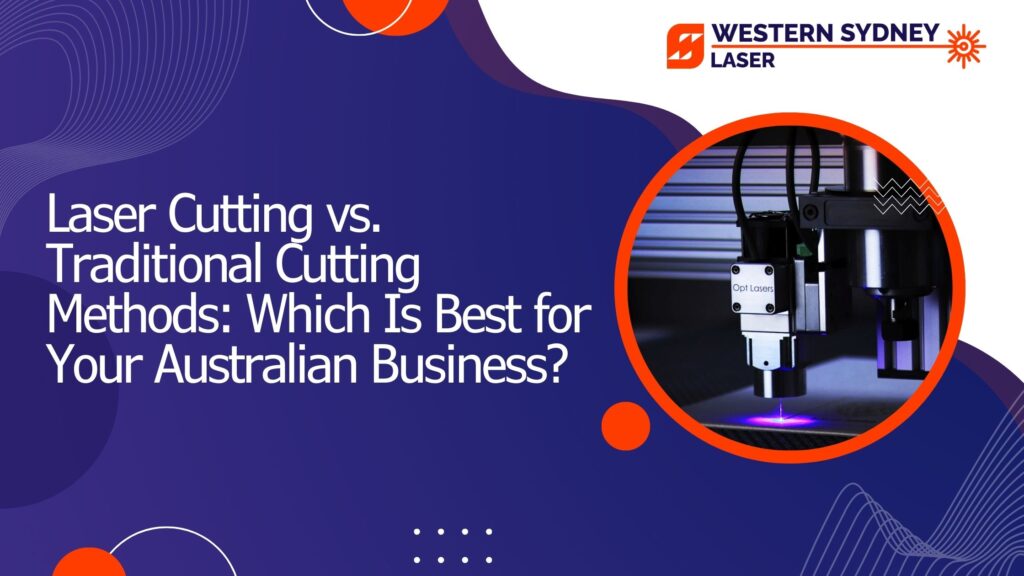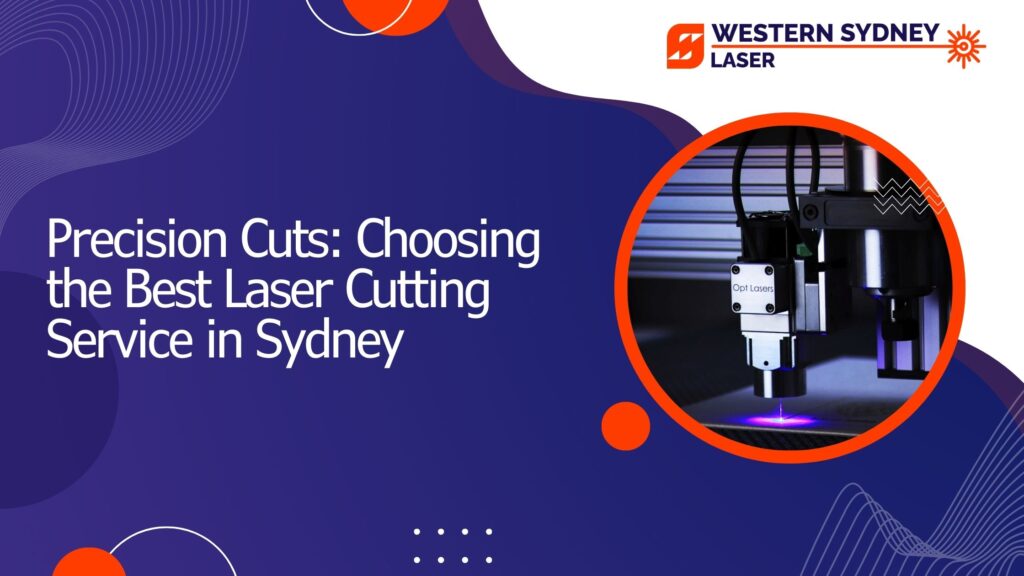The Evolution of Laser Cutting: From Industrial Tool to Creative Medium
In the sprawling industrial landscape of Sydney, Western Sydney Laser Cut has emerged as a beacon of innovation, transforming the conventional use of laser cutting technology from a mere industrial tool into a dynamic and versatile creative medium. This evolution not only reflects the company’s adaptability but also signifies the broader shift in how technology is harnessed for artistic expression in the 21st century. In this blog, we’ll explore the fascinating journey of laser cutting and how this technology has transformed from a precision tool to a versatile artistic outlet. Industrial Roots Laser cutting was first introduced in the 1960s as an industrial solution for precision cutting in various materials. The technology relies on a high-powered laser to cut or engrave designs into a wide range of materials with remarkable precision. Initially used in manufacturing for its efficiency and accuracy, laser cutting quickly became a staple in industries such as aerospace, automotive, and electronics. Sydney, with its burgeoning industrial sector, adopted this cutting-edge technology to enhance production processes and gain a competitive edge in the global market. The Creative Renaissance As the years rolled by, artists and designers in Sydney began to explore the untapped potential of laser cutting beyond its industrial applications. The technology offered a level of precision and intricacy that traditional methods struggled to achieve. Artists soon realized that laser cutting could be a powerful tool for translating their visions into reality. The creative community in Sydney embraced this technology, opening up new avenues for expression and pushing the boundaries of what was considered possible in the realm of art and design. From Metal to Mixed Media Traditionally associated with cutting metals, laser cutting has evolved to handle a diverse array of materials. In Sydney’s artistic scene, laser-cutting studios now cater to a wide range of mediums, including wood, acrylic, paper, and even fabric. This versatility has allowed artists to experiment with mixed media, combining traditional artistic elements with the precision of laser-cut components. The result is a fusion of textures, colors, and dimensions that adds a contemporary twist to traditional art forms. Public Art Installations Sydney’s public spaces have become a canvas for the marriage of technology and creativity, with laser-cut public art installations becoming increasingly popular. These installations, often commissioned by the city or private entities, showcase the capacity of laser cutting to transform urban spaces into interactive and visually stunning environments. From intricate sculptures to large-scale murals, laser-cut public art has become a symbol of Sydney’s commitment to innovation and artistic expression. Empowering Local Businesses The evolution of laser cutting has not only impacted the art scene but has also empowered local businesses in Sydney. Customization and personalization have become key trends, and laser cutting allows businesses to create unique and bespoke products for their customers. From personalized signage to intricately designed promotional materials, businesses in Sydney are leveraging laser cutting to set themselves apart in a competitive market. Challenges & Opportunities While the evolution of laser cutting in Sydney has been largely positive, challenges do exist. The initial investment in laser cutting equipment can be prohibitive for smaller businesses and individual artists. Additionally, there is a learning curve associated with mastering the technology. However, as the demand for laser-cut products and artworks grows, so does the potential for businesses and artists to thrive. Looking Towards the Future As Sydney continues to evolve, so does the role of the Western Sydney Laser Cut in shaping the creative landscape. The boundaries between industrial applications and artistic pursuits have blurred, giving rise to new and exciting possibilities. The company remains at the forefront of this evolution, exploring innovative techniques, materials, and collaborations that promise to redefine the future of laser cutting. In conclusion, the Western Sydney Laser Cut has been a driving force in the evolution of laser cutting from an industrial tool to a creative medium. Their journey reflects not only the adaptability of technology but also the transformative power of collaborative innovation. As the lines between precision and creativity continue to blur, the fusion of industrial precision and artistic expression promises a vibrant future for laser cutting in Sydney and beyond.
The Evolution of Laser Cutting: From Industrial Tool to Creative Medium Read More »










